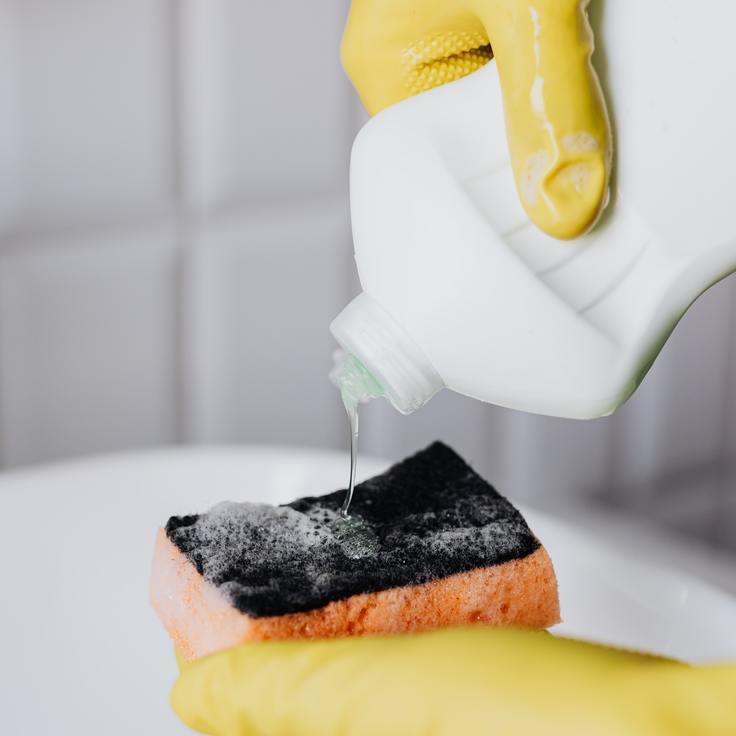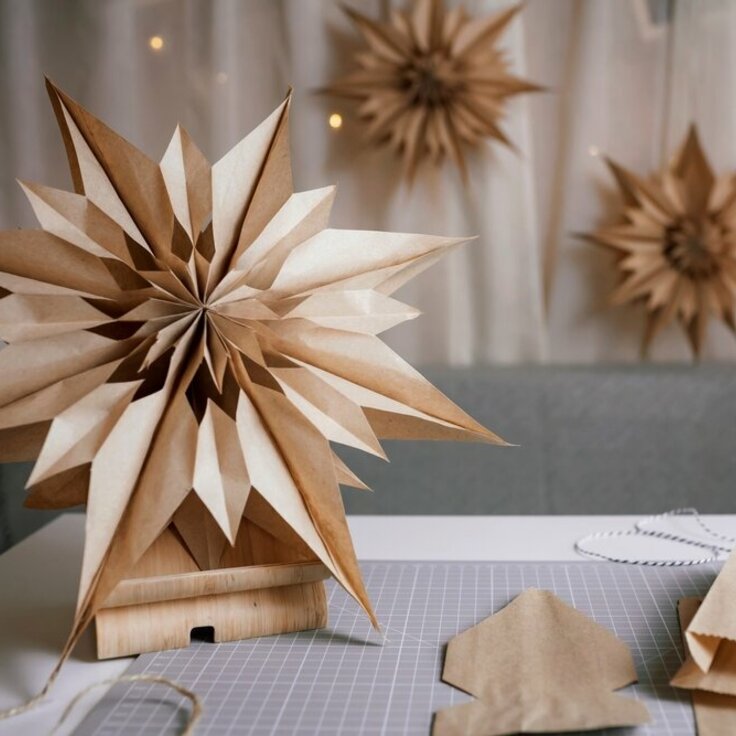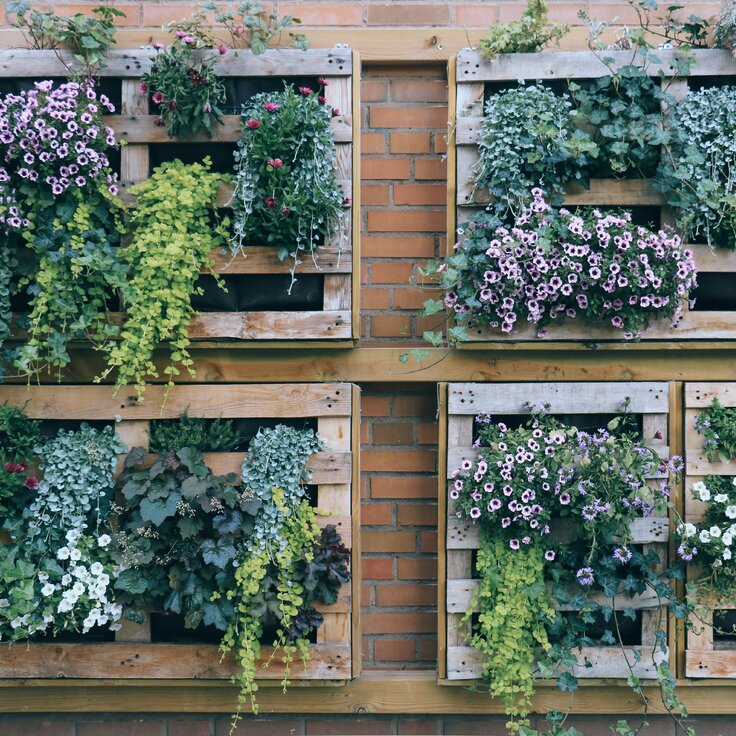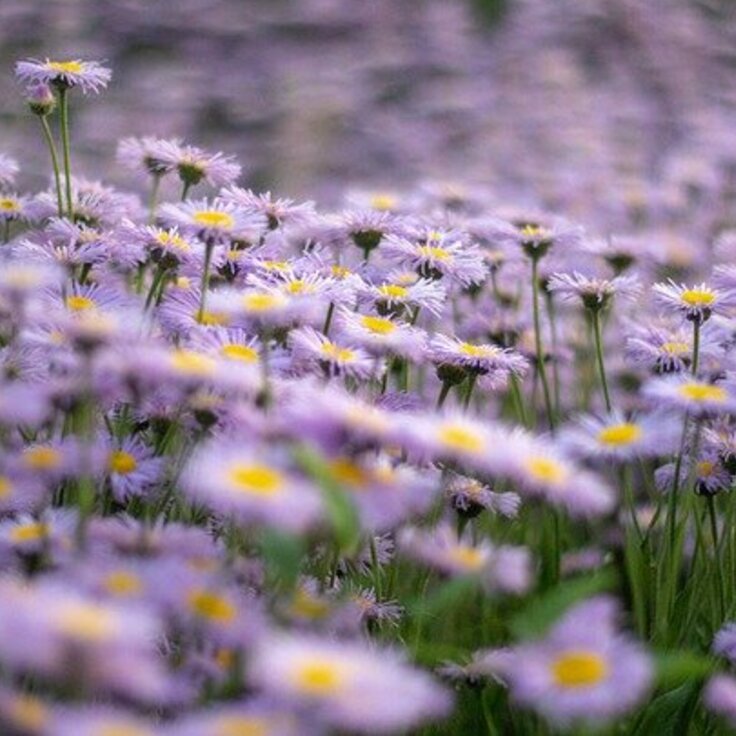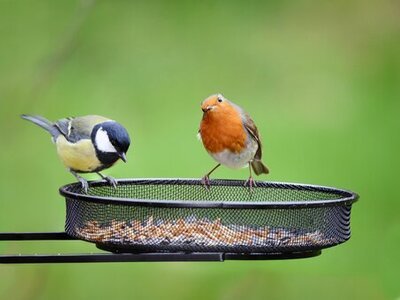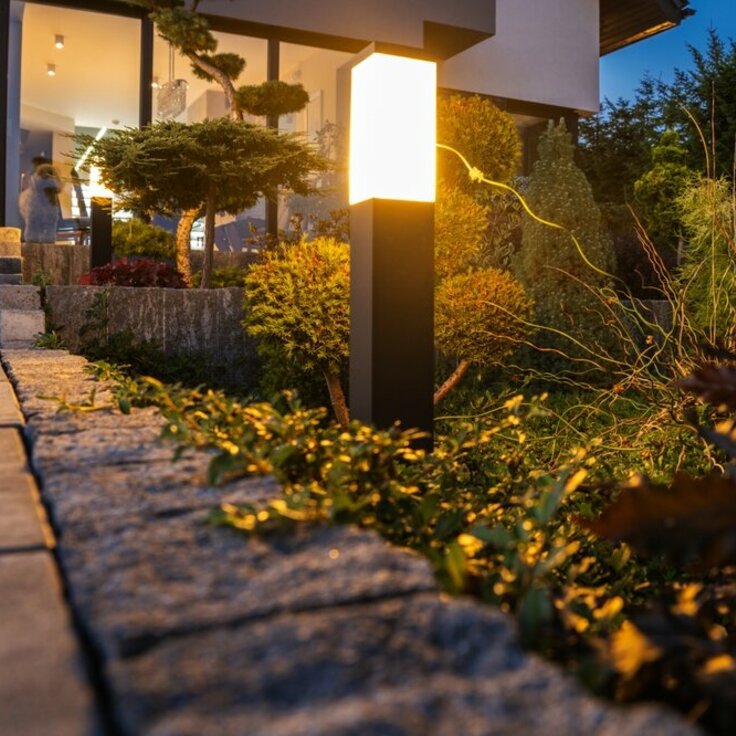Poinsettia Alternatives
It seems the holiday season approaches faster than I can possibly imagine every year. I have several friends I like to send plants to, and this year I'm sending them (and me - ho, ho, ho) some festive holiday plants other than the usual poinsettia that most people discard after the holidays.
Butterfly-like Cyclamens
Two of my favourites are cyclamen and Christmas cactus. Both of these holiday plants are available at florist shops and greenhouses this time of year and come in a fairly wide range of colors.
Cyclamen flowers have always reminded me of butterflies floating on slender stems high above the heart-shaped leaves. Cyclamens bloom best with bright light, evenly moist soil, and, if possible, fairly cool (60F) temperatures. I've had great luck keeping cyclamen blooming for a long time by putting it near a cool window, just as long as the leaves don't actually touch the glass. Even when the flowers are finished, the striking dark green and silver foliage makes an attractive houseplant until March or April when the plant naturally goes dormant and the leaves begin to fade.
Christmas Cactus
I have one variety of Christmas cactus called 'Christmas Fantasy' that features soft salmon-coloured papery blossoms with bright fuchsia stamens. Christmas, Thanksgiving, and Easter cactus are forest cactus rather than true cacti, so they need a bright spot out of direct sunlight and constantly moist soil.
Although many sources recommend letting the cactus stay outside until night temperatures fall to 50F to
55F degrees in order to set flower buds, mine tends to set buds no matter what the room temperature. Once it has set its flower buds, I move it to a main room in the house to enjoy the blooms.
After-Bloom Care
I keep the faded blossoms picked off, and when the plant has completely finished blooming, I let the soil dry slightly between waterings and treat it as a regular foliage houseplant for the rest of the winter. I have a friend who lets hers rest a couple of weeks after blooming and then moves it to a very cool spot to set buds again. She is able to force two and sometimes three periods of bloom every year.
Read more from the National Gardening Association

